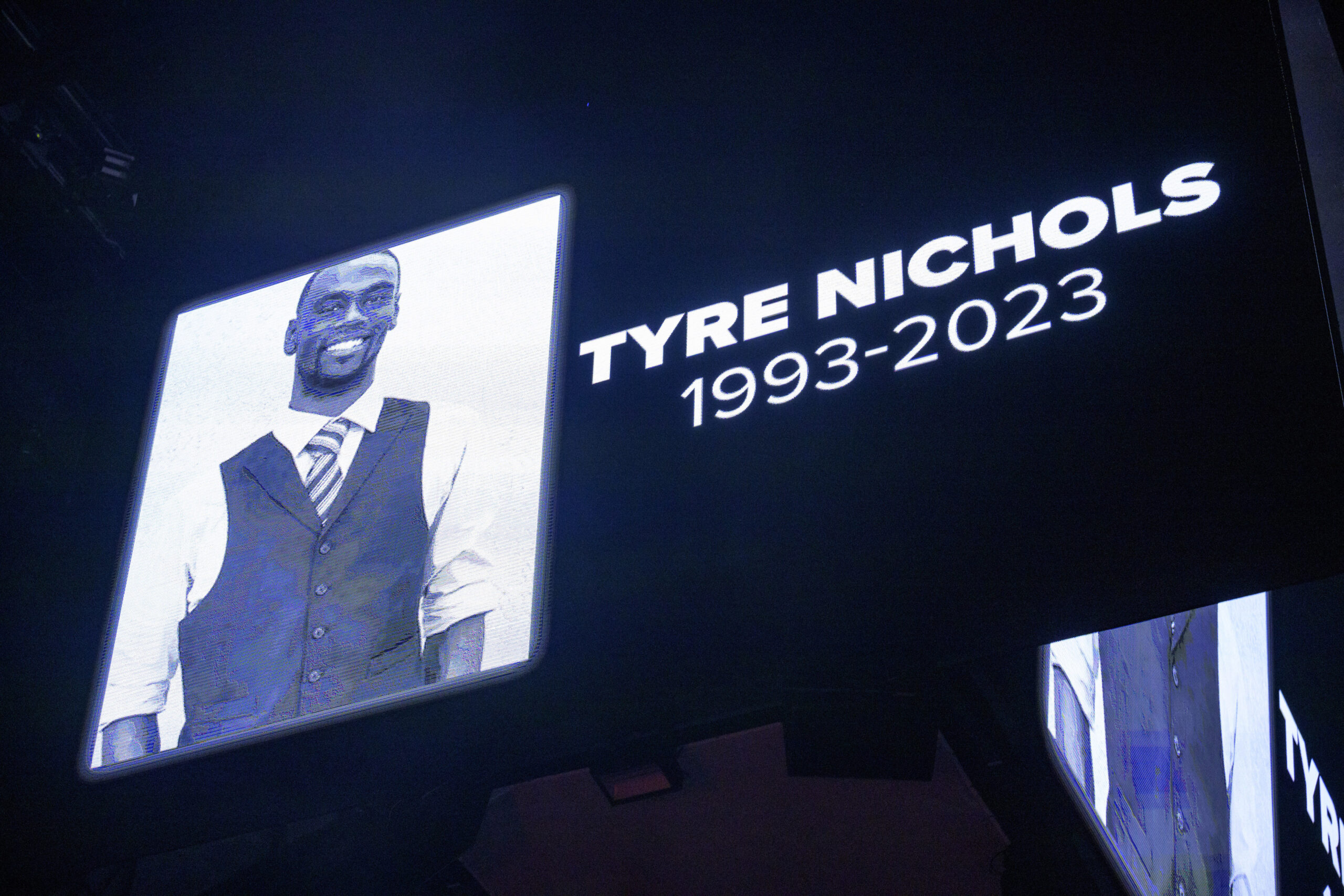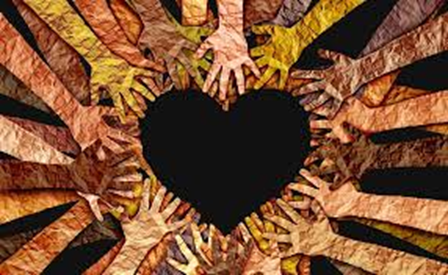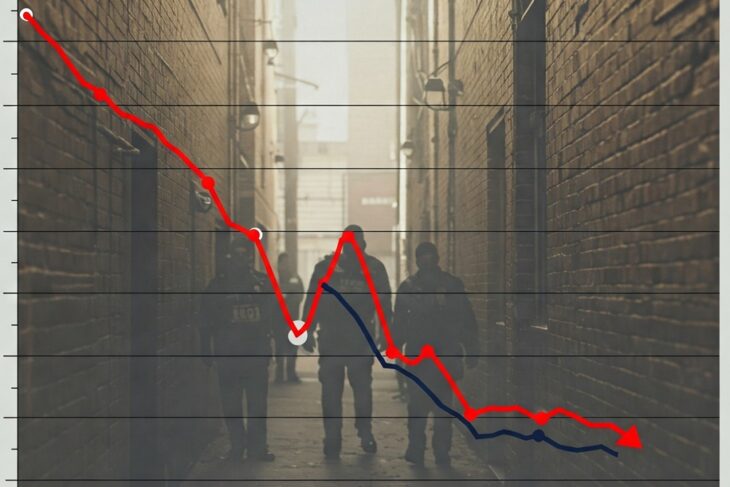
During the time of slavery one set of slaves reputed to have internalized the racially superior attitudes of their white masters, sometimes with blind and unfettered zeal, were the so-called ‘house’ slaves. Similarly, history often characterizes slaves who were installed as ‘overseers’ as oftentimes being crueller to their brethren-in-bonds than their white, free counterparts. They internalized the propaganda of racism — despite being victims of racism themselves, and were entrusted, to some degree, with the undergirding power of what was and of what continues to be systemic racism.
We ought not to fool ourselves — there are Black people who exhibit racist attitudes against their own kind. For some deluded, pathetic and tragic reason these individuals think themselves to have nothing in common with people of their own race, and are, visage notwithstanding, white by any measure. They are like the white supremacists who would like to subjugate and decimate them, except for one thing, they do not have access, by and large, to the reins of power necessary to drive and to inflict upon their own race what whites in this country have been able to do for centuries with impunity.
Just recently, five African-American policemen, in Memphis Tennessee, were charged with murdering a young African-American male who they had brutally beaten to death at a traffic stop. When journalist, Van Jones, pointed out the undercurrents of white systemic racism in that crime scenario he was criticized by some. But to understand what Mr. Jones was saying, one has to turn the stained and dusty pages of history, back to the time of American chattel slavery, and then thumb through reams of Social Science research data.
Within them one will be able to glean how systems and cultures — whether posing existential threats or not — can cause the marginalized and the despised within their spheres of influence to become permeated and blinded by the Sirens of their prevailing ethos, even by that which is contrary to their very own interests.
There are grave concerns among whites — those who find themselves on the political and religious right — about how any critical analysis done on our system of government and on our Anglo-American culture could instill an alarming sense of guilt in their children due to acts perpetrated against African-Americans by their forebears. Their concerns in respect to how such unwelcome and debatable “woke” ideas could make intellectual incursions onto the metaphysical landscape of what has been described as the American way of life is a two-edged sword.
How can they embrace the prospect that the unpleasant aspects of Afro-American history can warp the minds of their children and not see, by the same token, that the reverse has been true for Black children and for those of other racial and ethnic minorities? The corrosive nature of bigotry is never one-sided as it has deleterious effects on the souls of both the oppressor and the oppressed.
At this juncture the ruling of the Supreme Court in the case of Brown versus the Board of Education of Topeka, May 1954, bears repeating. The white segregationists of that day eschewed and repudiated that decision as one that did not follow the jurisprudential rules of precedent — stare decisis — saying that it was based upon findings of mere Social Science research. The previous ruling of the court in its doctrine of “separate but equal” in the Plessy versus Ferguson case, May 1896, which, unconstitutionally, affirmed racial segregation in the country, particularly in the South, recognized the dire psychological effects that racial segregation was having upon African-American children post slavery.
The court ruled unanimously in 1954, under Chief Justice Earl Warren, to overturn the previous Plessy ruling. It is now on the books, officially, how racism has affected African-American children. Why then is it being summarily dismissed by some of our politicians and by some in our churches?
Were the five Black policemen, who worked within a white dominated law enforcement power structure, acting out of self-hatred with respect for their own race? Was what they had done to Mr. Tyre Nichols on the night of January 7, 2023, a way for them to feel at one with their white colleagues? Had the officers, being the progeny of those who were captured and then enslaved, and who had suffered for hundreds of years in chains and under the lash of white racism, developed a condition akin to that of the so-called Stockholm Syndrome, a proposed condition in which hostages develop a psychological bond with their captors? If that was the case then they are, perhaps, as much victims of the system as the late Mister Tyre Nichols was.
There is also a term in the field of Psychology known as “projection”, which could be used to assert the probability of self-hatred as a factor in their behaviour. In its malignant form, it is a defence mechanism in which the ego defends itself against disowned and highly negative parts of the self by denying their existence in themselves and by attributing them to others, breeding misunderstanding and causing untold interpersonal damage.
A bully, for example, may project his own feelings of vulnerability onto his target, or a person who is confused may project feelings of confusion and inadequacy onto other people. Projection incorporates the shifting of blame and can manifest itself as a sort of “shame dumping”. Was the late Mister Nichols a reflection of themselves — one they so deeply loathed?
Another psychological term which could explain the behaviour of the five Black officers, perhaps with a little less accuracy than the term “projection” in that instance, is the term “transference”. It is when people redirect some of their feelings or desires for people to an entirely different group of persons. One example of transference is when someone observes characteristics of his or her father in a new boss. The person attributes fatherly feelings to this new boss. Such feelings can be positive as well as negative. And so, if not on racial grounds as the journalist Van Jones asserted, set within a racial systemic paradigm, and not on the negative effects of white racism against African-American children — as those five Black policemen all were at one time — then what else could have accounted for such behaviour? Did they all know the victim before? Was it a paid hit? Were they on a power trip? Or was it, possibly, an act of vengeance?
The most reasonable and likely assumption is that the officers, like so many victims of different systems and cultures the world over, modelled what they had, quite likely, experienced from law enforcement officers while they were still civilians in the Black community, and also from the training that they had received once they had become a part of the establishment that formerly abused, denigrated and oppressed them.
How many Jews turned against Jews in the ghettos that they were herded into by the Nazis, and also within the dreaded concentration camps? How many German citizens, who had no inkling or desire for the hubris and brutality of Nazism, became captive to that system, psychologically, and became what they had, hitherto, so stoutly detested? How many rank and file members in various totalitarian regimes, when they faced their day of reckoning, proclaimed, in their defence, that they were only following orders?
The variables in the commission of any act of criminality can be as wide and as mysterious as there are stars in the expanse of heaven. Why the five policemen behaved the way that they did on that fateful night is anybody’s guess. They are, individually, responsible for their actions. But, regardless of what their real motives were, the law enforcement culture into which they were engrafted, one which evolved out of the infamous slave patrols, should not be dismissed.



